Waterwheels ~ Ancient Wheels of Power
Travelling throughout the country both here in Ireland and in the UK I see mills dotted around the countryside that are just derelict structures on a river bank and some that are working mills with water wheels generating electricity. The waterwheel is an ancient device that uses flowing or falling water to create power by means of a set of paddles or buckets mounted around a wheel. A waterwheel consists of a large wooden or metal wheel, with a number of paddles or buckets arranged on the outside rim forming the driving surface. Most commonly, the wheel is mounted vertically on a horizontal axle.
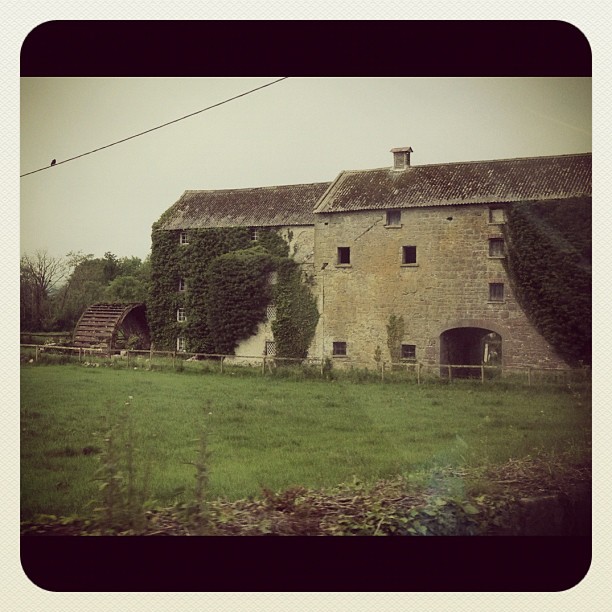
Prior uses of water wheels include milling flour in gristmills and grinding wood into pulp for paper making, but other uses include hammering wrought iron, machining, ore crushing and pounding fibre for use in the manufacture of cloth.
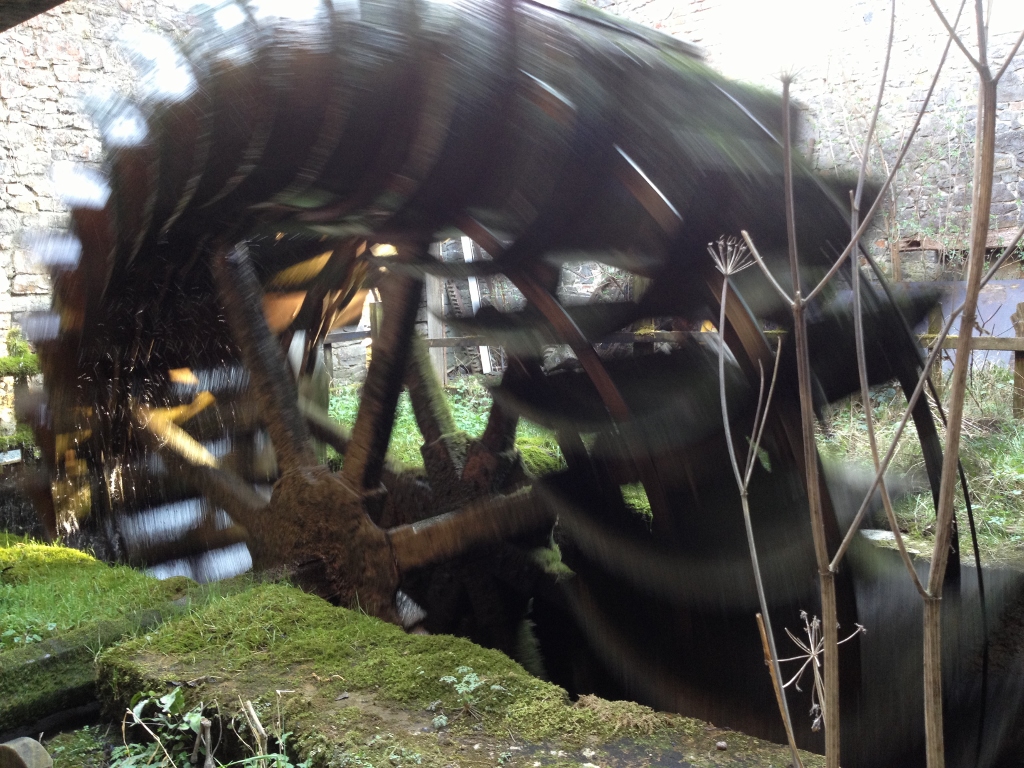
On occasion the old water wheel is still insitu and can be refurbished but in many cases the wheel has been removed and sadly sold for scrap metal value or taken apart to be kept as keepsakes or used as garden ornaments.
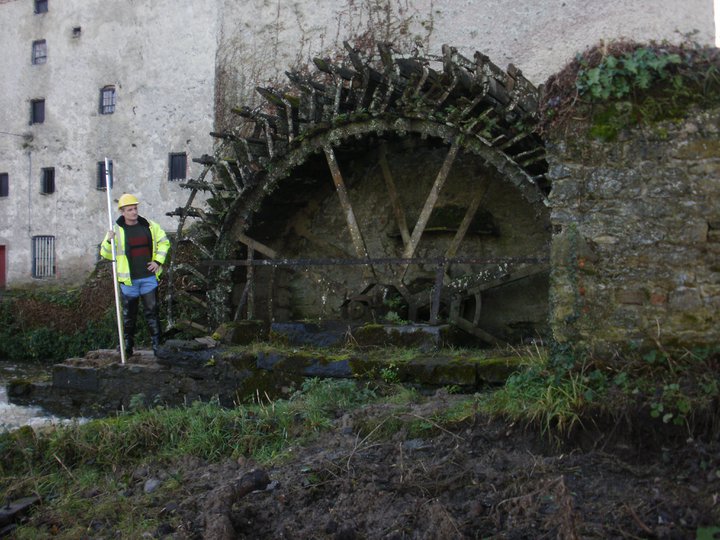
If a mill has a vacant wheel pit it is possible to construct a water wheel which is aesthetically pleasing and brings the character back to the old mill.
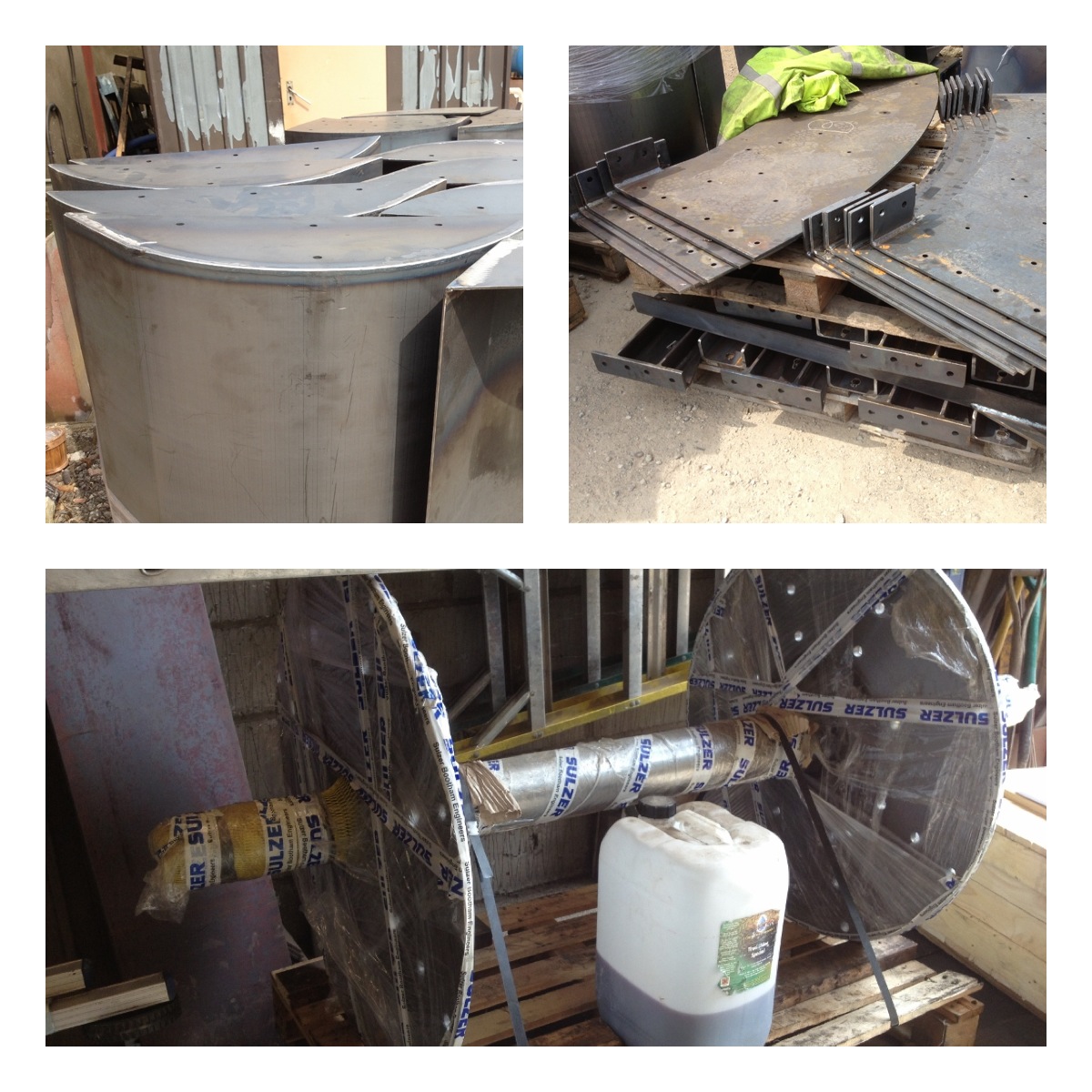
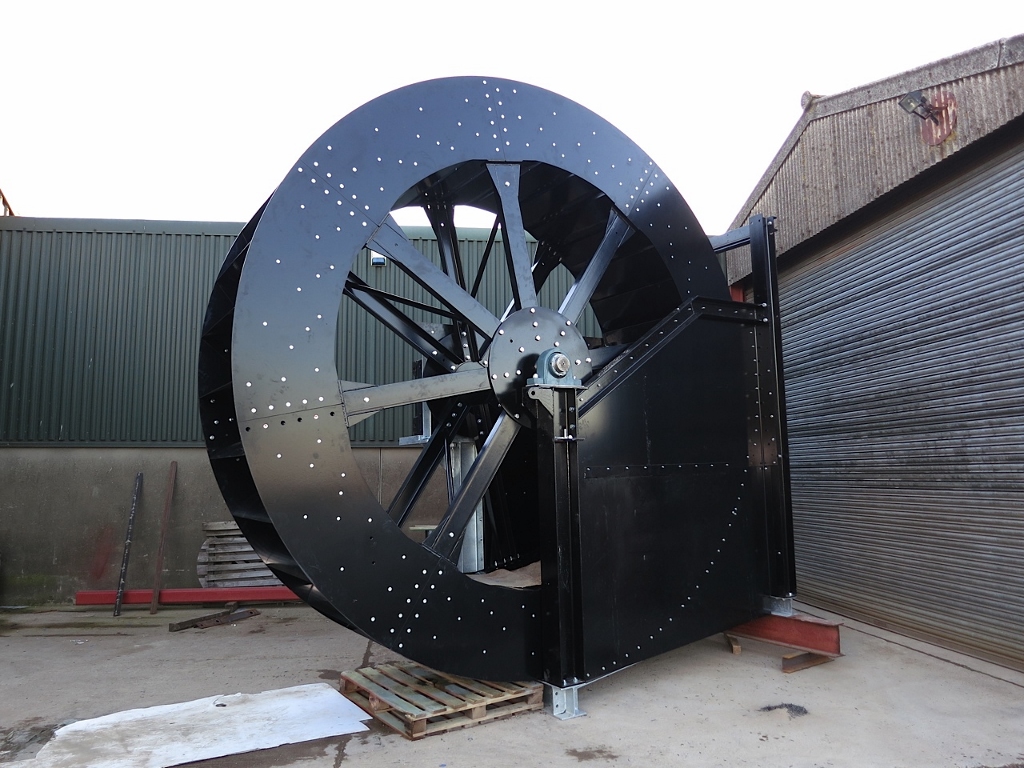
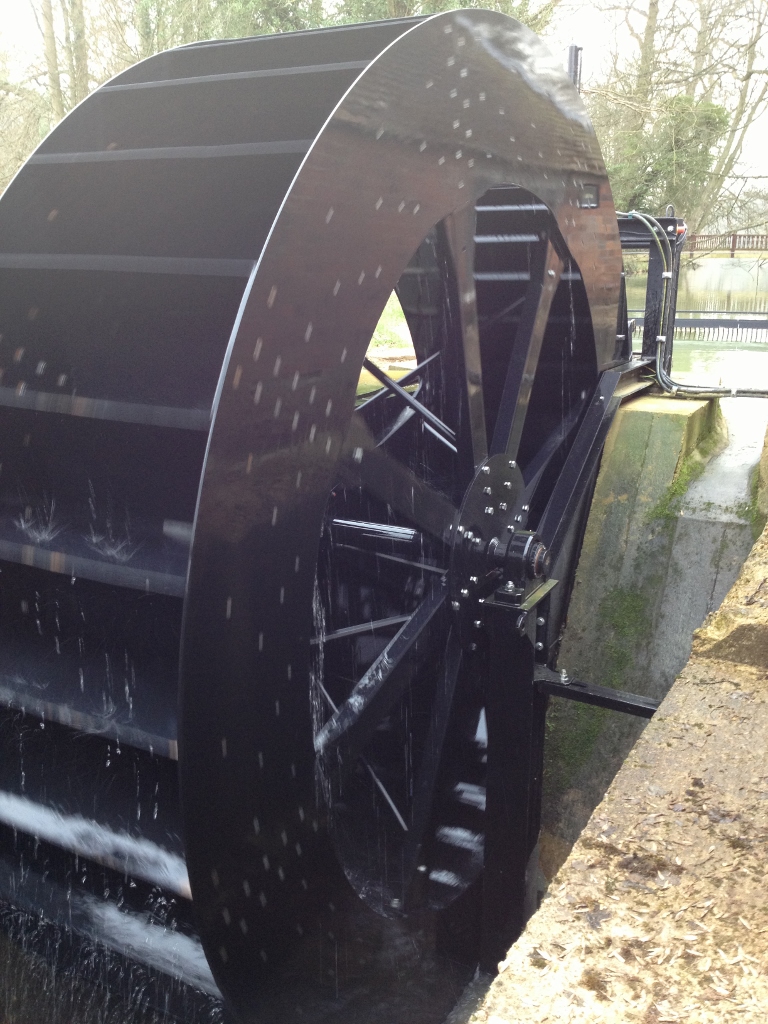
Advantages of waterwheels
Waterwheels are widely regarded as being rather inefficient compared with turbines. This is not necessarily the case as studies have shown that waterwheel efficiency can be in excess of 80% for Overshot waterwheels and 75% for Breast-shot waterwheels [Muller 2004]. This in combination with highly respectable part-flow performance and lack of fine intake screening requirements can often result in very worthwhile overall energy capture so are still a viable proposition for producing electricity for domestic purposes. They are simple to control and aesthetically pleasing. Although they run relatively slowly and require a high ratio gearbox to drive a generator, for low powers – say below 5kW – and heads below 3m, they are worth considering.
Water wheels are also safe for the passage of fish.
- Output reduction due to screen blockages is avoided since fine intake screens are not required.
- Part-flow performance of waterwheels can be very good without requiring complex control systems.
- Often minimal building work is required, particularly at former watermills if there is a vacant wheel pit.
- Waterwheels have obvious aesthetic benefits over turbines and provide an excellent attraction at sites where visitors are encouraged.
If you are the owner of an old mill or indeed a mill site and would like to find out more please contact us here for further information and we will endeavour to point you in the right direction.
All photographs are copyright of Eco Evolution








A lovely read, I would love to see more waterwheels being replaced at mills. My memories of them through my childhood with school trips out always come flooding back. Locally there is Bealick Mill near Macroom and there the building Has been restored.
There’s nothing as nice as visiting an old mill and finding the water wheel still insitu and better still seeing it working. There are a number being repaired around the country where the wheel is still intact. Sadly a majority of wheels fell into disrepair over the years and were removed for scrap etc. Once the wheel pit is still there a wheel can be designed to suit the flow of water etc.